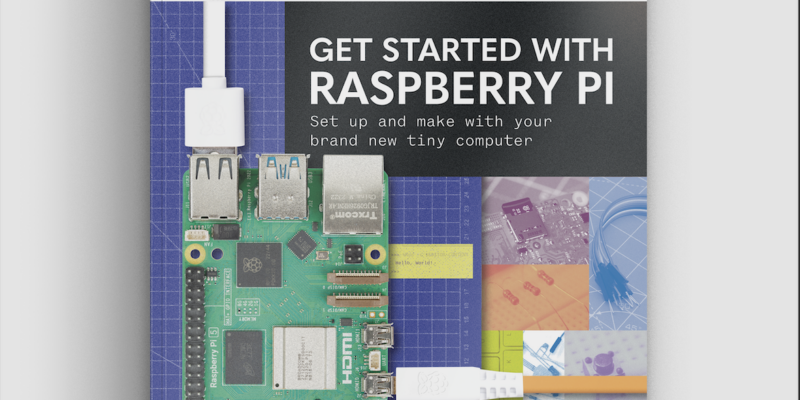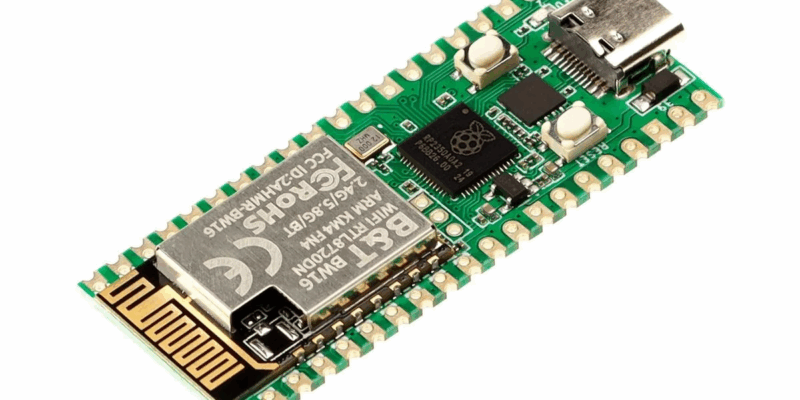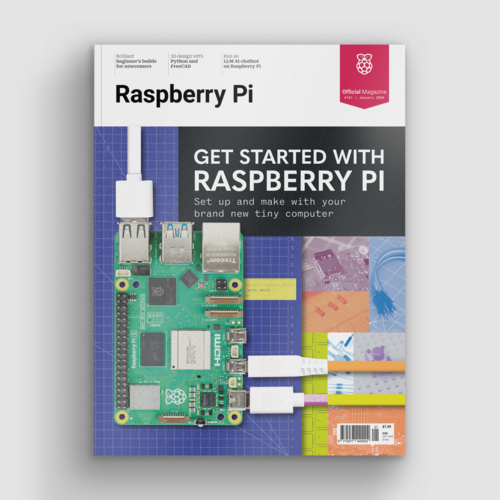The more things change…
By Andrew Gregory. Posted

This month Raspberry Pi released its latest model. And what was the new feature that sets this model apart from all the rest? More I/O possibilities? Greater security? A faster processor? The ability to handle AI, correct your spelling as you type or remind you when it’s time to take the bins out? No: the big new feature of the new Raspberry Pi 5 is that it has less RAM. The latest version of the best-selling single board computer is now available with just 2GB of RAM, as well as variants with 4GB and 8GB. It’s also priced at around £30 less than the 8GB version.
Advertisement
Get started with Raspberry Pi – everything you need to know to start your journey!
It’s refreshing that newer doesn’t always have to mean bigger and better. I’ve been using a Raspberry Pi 4 for the last few years as a desktop Linux machine, and although it could be faster, then thing that holds me back from upgrading it is nothing to do with the Pi itself. It’s the peripherals: if I moved to a Raspberry Pi 5 I’d have to get new headphones, as the Raspberry Pi 5 moved away from a 3.5mm headphone jack. I’d have to spend money on headphones that use Bluetooth, and forever be losing them or running out of charge. I realise this makes me unusual in the world of the tech enthusiast, but once I get something that works, I just don’t want to go to the effort of changing it.
That may make me an outlier in terms of individuals, but there’s another consumer sector that really wants to be able to get the bare minimum and stick with it: businesses. Upgrading is a cost. Buying new cables because the new version of a device uses USB-C instead of Micro USB is a cost. Any change at all imposes a cost, and if you can avoid that, you’re winning.
We all know that things like connectivity and processing speed are features. But price is also a feature, and a really big one. So too is backward compatibility. If I don’t want to buy a new thing because it messes with my minimal setup of screen, keyboard, mouse and headphones, then it’s vanishingly unlikely that I’d invest in a new device if it meant I would have to build a whole new factory to accommodate it.
It’s great there are new devices to play with. But it’s even greater knowing that you can buy one, and build it into your project, or your product, or even your manufacturing setup, in confidence that it won’t be rendered obsolete by the next new model. It sounds counter-intuitive, but that’s how you keep customers coming back: not by locking them in, but by making it clear that they don’t have to upgrade if they don’t want to.

Features Editor Andrew trawls the internet for Cool Stuff while keeping the magazine running smoothly.
Subscribe to Raspberry Pi Official Magazine
Save up to 37% off the cover price and get a FREE Raspberry Pi Pico 2 W with a subscription to Raspberry Pi Official Magazine.
More articles

Get started with Raspberry Pi in Raspberry Pi Official Magazine 161
There’s loads going on in this issue: first of all, how about using a capacitive touch board and Raspberry Pi 5 to turn a quilt into an input device? Nicola King shows you how. If you’re more into sawing and drilling than needlework, Jo Hinchliffe has built an underwater rover out of plastic piping and […]
Read more →

Win one of three DreamHAT+ radars!
That’s right, an actual working radar for your Raspberry Pi. We reviewed it a few months ago and have since been amazed at some of the projects that have used it, like last month’s motion sensor from the movie Aliens. Sound good? Well we have a few to give away, and you can enter below. […]
Read more →

RP2350 Pico W5 review
It’s Raspberry Pi Pico 2, but with a lot more memory
Read more →
